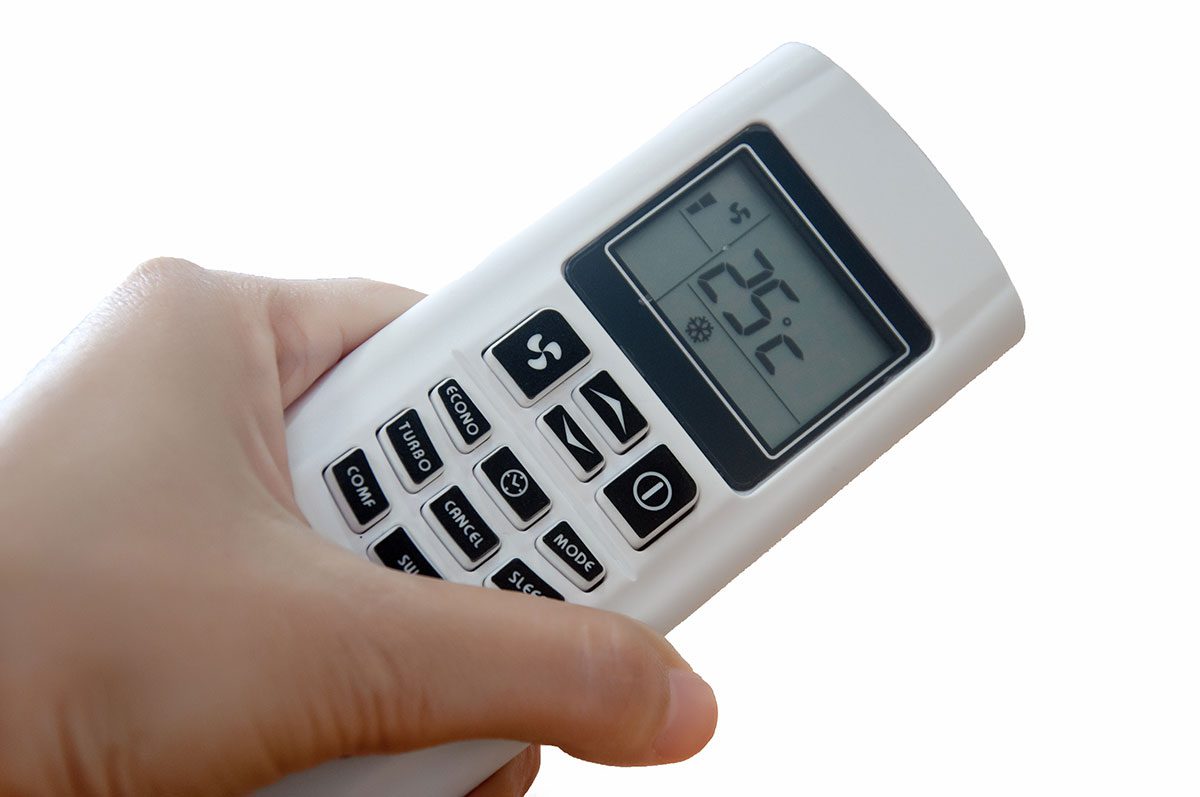As efforts to flatten the coronavirus curve have sent students home and forced many adults to work remotely, families are watching their utility bills rise. If you’ve been spending extra time at home, you may have probably noticed an uptick in your bill.
Luckily, there are ways to stay comfortable while keeping utility costs as low as possible — check out these tips.
1. Use Window Coverings Strategically
Make sure you’re using shades or other window treatments strategically. On cold days, open up the curtains to let the sunlight warm your home. Then, close them in the evening to help lock in the heat you’ve collected.
During hot summer days, reverse this process. Keep the blinds closed during the day to prevent the sun from heating up your home. Then, if cool enough in the evening, consider opening the blinds and the windows to let the cool air in.
2. Unplug Appliances Not in Use
Don’t use the toaster very often? Have your stand mixer plugged in all the time? If so, consider unplugging all the appliances and electronic devices you don’t use on a regular basis. Even if they aren’t running, they use some energy simply by being plugged in.
3. Switch to Compact Fluorescents or LED Bulbs
While you’re stuck at home, you may as well take advantage of the extra time to upgrade your light bulbs to more energy efficient options. LED bulbs use 75% less energy than traditional lights, and on average, each LED bulb saves you $1.25 per month.
If you consider all the bulbs in your house, the savings add up quickly. You can also improve the lighting in your home by switching to LED bulbs that connect to apps and let you change colors or dim the lights.
 4. Adjust Your Thermostat
4. Adjust Your Thermostat
When you leave home regularly, you probably turn up or down the thermostat to reduce energy consumption, but if you’re at home all the time, you may just have the thermostat constantly on the same setting. To reduce your energy consumption, consider adjusting your thermostat so that it’s about 4 degrees closer to the outside temperature.
For instance, if you’re cooling your home and you currently have the AC set to 70 degrees, increase the thermostat to 74 degrees. By having the thermostat closer to the outdoor temps, your AC doesn’t have to run as often, and you save money without compromising your comfort levels too much.
5. Facilitate Air Flow
Worried that adjusting the thermostat will make your home less comfortable? Then, consider augmenting your AC with ceiling or box fans. Check to make sure ceiling fans are running counterclockwise. This pushes cool air down toward the floor to help improve comfort levels. Running fans clockwise during the winter has the opposite effect, helping to keep your home warm.
In addition to running fans, make sure you don’t have furniture blocking air vents and that your filters are clean. By facilitating air flow, you reduce the amount of work needed for your AC to cool your home, helping to reduce energy consumption.
6. Turn Down Your Water Heater
Turn down your water heater to 120 degrees Farenhiet. By every 10 degrees you reduce your current settings, you can save 3 to 5% on your water heating costs.
In a lot of cases, extra hot water just gets wasted. If the water gets too hot while you’re showering, you probably jump out of the way until you can adjust the temperature. Similarly, if a sink or tub full of hot water is too hot, you temper it with cool water. Generally, there is no compelling reason to keep the water in your hot water tank too hot.
7. Try Dryer Balls
Dryer balls help to absorb extra moisture from clothes, towels, sheets, or other items in your dryer, reducing the amount of time your dryer needs to run. You can even add a few drops of essential oil and let these energy-saving balls add a signature scent to your laundry. Although this is a small change, it can help.
8. Service Your HVAC Equipment Regularly
If you want to keep utility costs low, you also need to service your HVAC equipment regularly. Servicing helps you avoid unexpected repairs, extends the lifespan of your equipment, and safeguards your indoor air quality, but it also improves efficiency and helps to keep your energy bills low.
9. Consider Upgrading Your HVAC Equipment
Old HVAC equipment doesn’t run as efficiently as new equipment. If you want to keep costs low, you may want to consider upgrading your existing HVAC equipment. You may even want to step away from the inefficiencies associated with ductwork and switch to a ductless heating and cooling system.
At N.E.T.R., Inc, we pride ourselves on helping our clients to find the most efficient HVAC equipment for their residential or commercial needs. We also service HVAC equipment. To schedule a repair or routine maintenance or to talk about investing in new HVAC equipment, contact us today.
